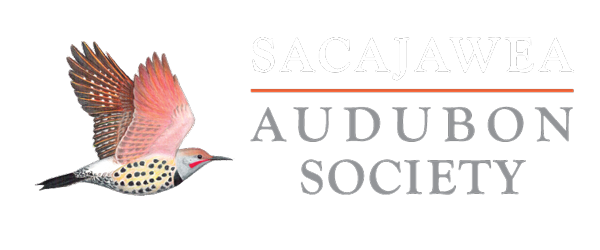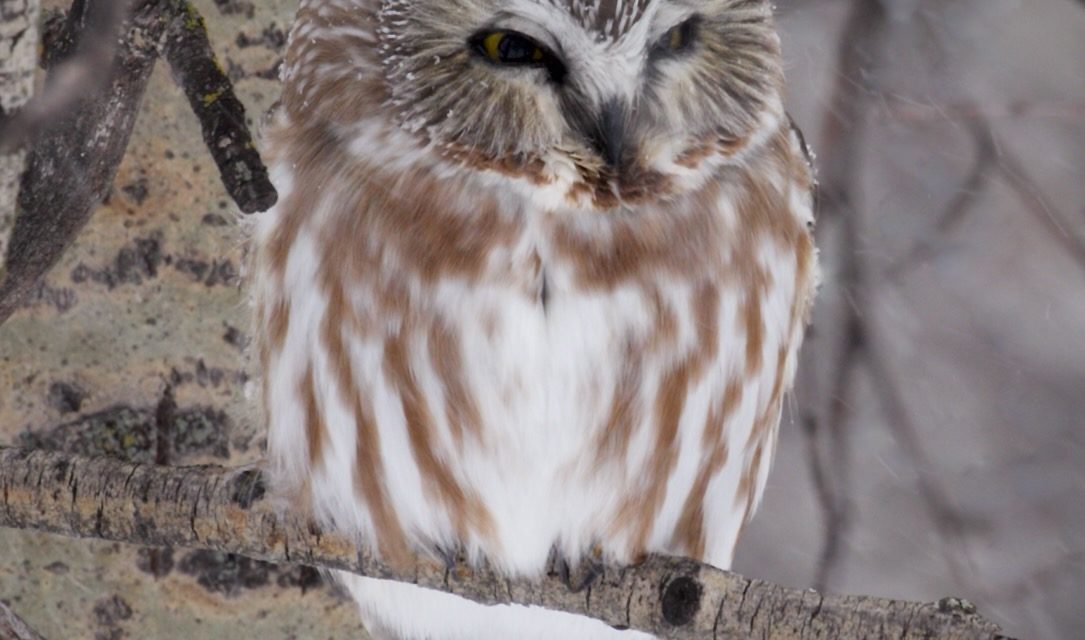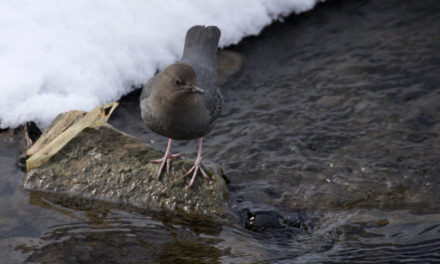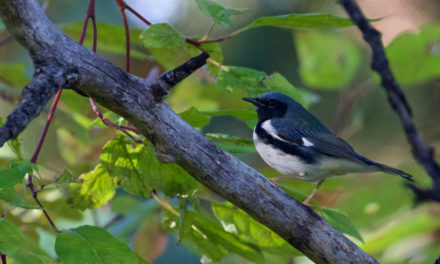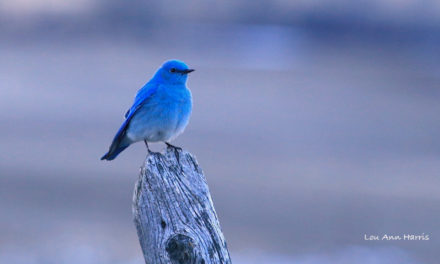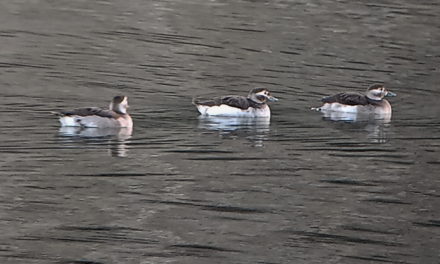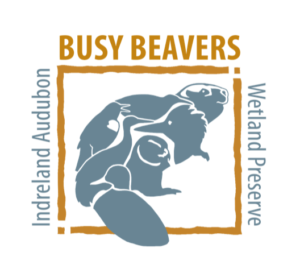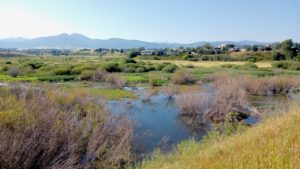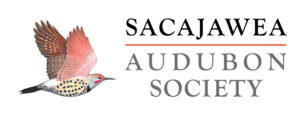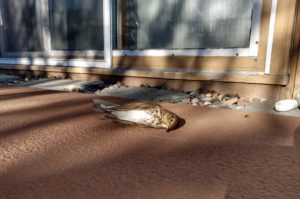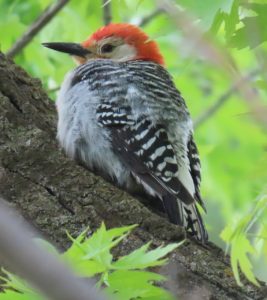As far as the birds were concerned, spring arrived right on schedule this year. During early March Mountain Bluebirds, Sandhill Cranes and Ring-billed Gulls are the first migrants, other than waterfowl, to arrive in numbers. The bluebirds are first to arrive during the first week or two of March, the second to third week of the month usually sees the cranes and gulls arrive. The first sizeable flock of Mountain Bluebirds reported this year were the 7-8 birds that Mary and John Griffith found northeast of Belgrade on March 16th.
Not far behind these first arrivals, sometime around the first of April, Tree Swallows appear. Lou Ann Harris caught the first small wave of Tree Swallows when she spotted four at the Story Mill Park on April 2nd.
One of the underappreciated spots for birding in southwest Montana is the Gardiner Basin north of Yellowstone National Park. The topography of the area funnels the movement of birds into the basin during both spring and fall migrations. In the spring, birds moving north over the Yellowstone Plateau suddenly drop into an area of snow free ground, with less extreme weather. The town of Gardiner’s trees provide both a place to forage and find cover. Katy Duffy and Howard Weinberg, who live in Gardiner, consistently have early spring migrants or, in the case of fall migration, lingering birds. This spring has been no exception. One of the first migrants to pass through their yard this year was a Spotted Towhee on March 27th. On April 1st our areas first Red-naped Sapsucker made an appearance in their yard. Then April 7th brought two more firsts of the year for this area, when both a Lincoln’s Sparrow and a Brown-headed Cowbird visited the yard. All of these birds were about two to three weeks earlier then the expected first arrival dates.
March is also the time to start watching the early arriving waterfowl for unusual species. This past March there were reports of three Eurasian Wigeon. The first Eurasian Wigeon was seen March 20th at Cottonwood Reservoir by Vic Fesolowitz, the second was the bird seen by Caleb Lashway and Gary Swant at Ennis Lake, and finally on March 30th Jimmy Leblow saw one at Central Park Pond. Vic also found a Greater White-fronted Goose at Harrison Reservoir on March 24th.
Arguably, March is the premier month of the year to be out listening for owls. A pleasant evening spent out anywhere in the nearby mountains is likely to be rewarding. Even right in town can be good as Brent Miller found out on the night of March 15th, when he heard a Northern Saw-Whet Owl calling at Sunset Hills Cemetery in Bozeman. On the night of March 12th John Bishop hit the trifecta while owling in Big Sky. Northern Pygmy Owl, Boreal Owls, and Northern Saw-whet Owls were all calling that evening. Five days later Dave Benes went to the same area and heard the same three species of owls.
In Dave’s notes about the owls that evening, he wrote “Owl songs were voluntary, and no playback was used.” This is an important point for birders to remember. This is especially important near roads, developed areas, or areas that might be regularly visited by other birders. Owls can be quite sensitive to disturbance, and frequent playback can interfere with owls or any bird’s breeding behavior and expose them to predation. Sometimes just letting a bird’s behaviors occur naturally can be the most rewarding.
As we move into the period of peak migration and breeding season, think about what you can do to make birds’ lives less stressful. The Birding Code of Ethics developed by the American Birding Association can be found on the Sacajawea Audubon website, under the Birding Hotspots heading.
